I always have to laugh when clients, peers, strangers, etc. ask me, “what’s your design style?” It’s very funny when I respond with a seven word hyphenated slur, completely depending on my current mood, surroundings, and what I saw on Instagram five minutes ago. Interior designers may lean toward a certain aesthetic, but should always be flexible. You will hire an interior designer because you like their past work and dream of a similar result in your own home. But no two projects will ever or should ever be the same. Each project is unique based on the existing home’s architecture and homeowners’ preferential style, a beautiful blend of design styles coming together.
Today we’re discussing the different types of interior design styles. Sometimes the lines can be blurred into one another, but we hope it helps you determine what your style is as you plan home projects for 2020 and beyond.
MODERN
Modern is a very broad term that typically refers to clean lines, a simple color palette, and minimal mix of materials, such as wood, stone and glass. Modern design is one of simplicity and being clutter free. People often misuse the word “modern” when they mean to say they want an updated space with the day’s current design trends. What they mean to say is a contemporary space (see below).
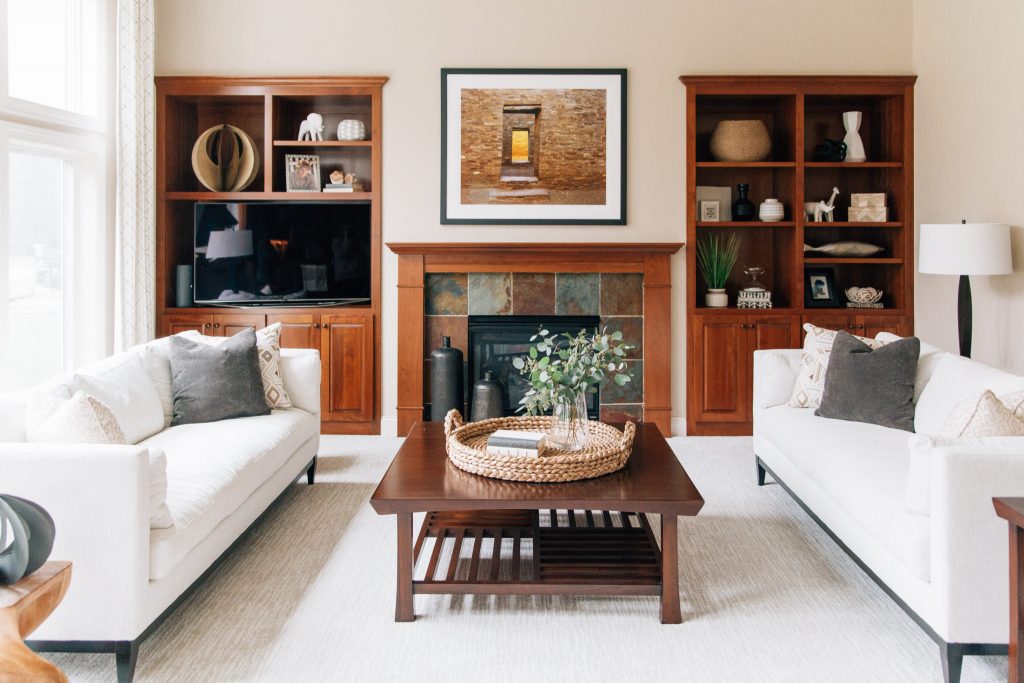
TRADITIONAL
Traditional design is rooted from old world European furnishings and architecture. Intricate curved lines, flamboyant textures and rich colors and wood tones are characteristics of this design style. Furnishings have ornate details such as scroll arms or designs carved in wood. Traditional design often visually heavy, using grandiose size and layers of ornate details.
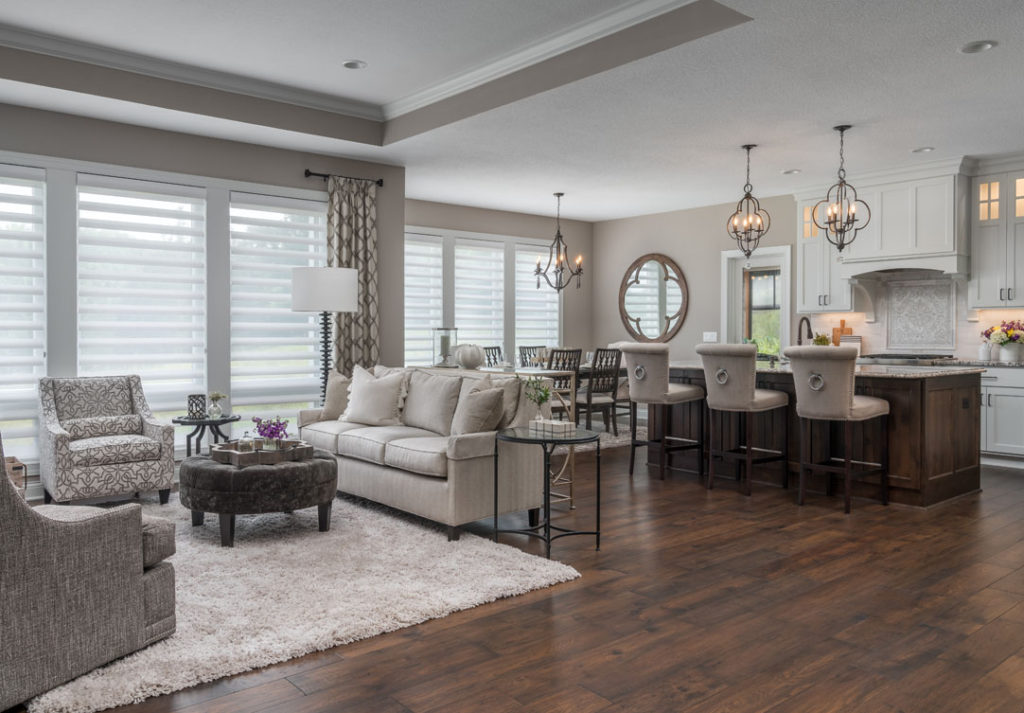
TRANSITIONAL
Transitional design balances itself in the middle of traditional and modern design styles. Transitional design may have features like a scrolled arm sofa in a more minimalist fabric in color and pattern. Transitional design is known to create a relaxing environment that feels formal yet livable for everyday.
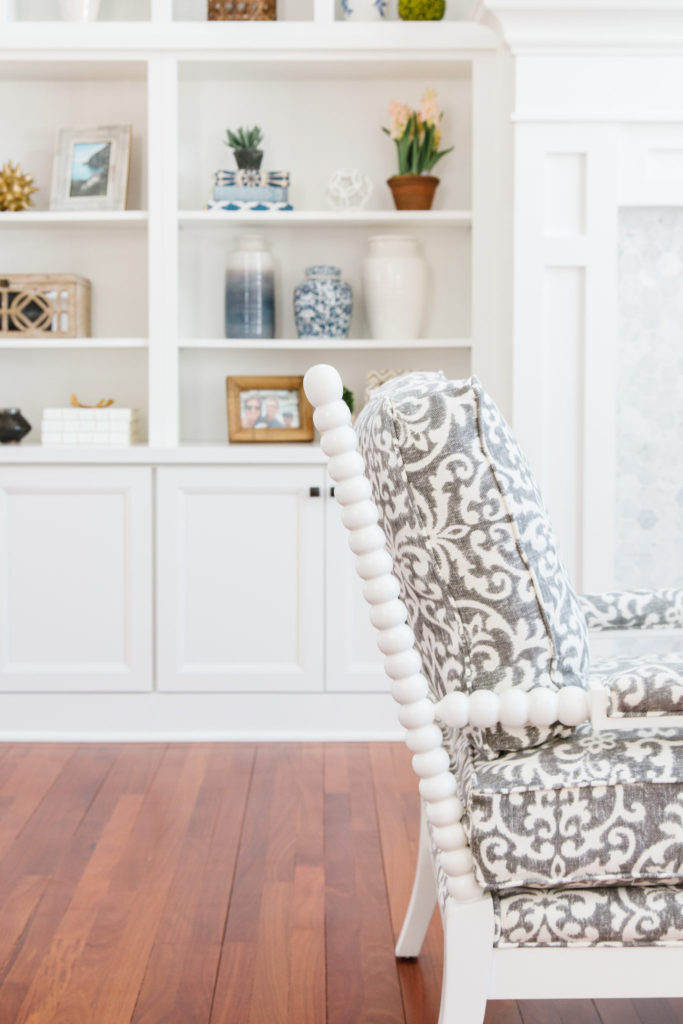
CONTEMPORARY
Contemporary is often (wrongfully) interchanged with modern. Contemporary design is what’s popular now, in this time, and has a fluid change through time as design trends evolve. While sleek clean lines may be “in” one day, curved silhouettes may become popular the next. Contemporary design changes through the times.

MID-CENTURY MODERN
Mid-century modern design has made a big comeback in the 21st century. Popular in the 1950s and 1960s for its “fuss-free” functionality and clean lines, asymmetrical angles, and clean architecture. Mid-century modern design was minimalist in terms of form and color palette, optimizing construction to last. There’s a reason we see so many beautiful mid-century furniture pieces back in circulation today.
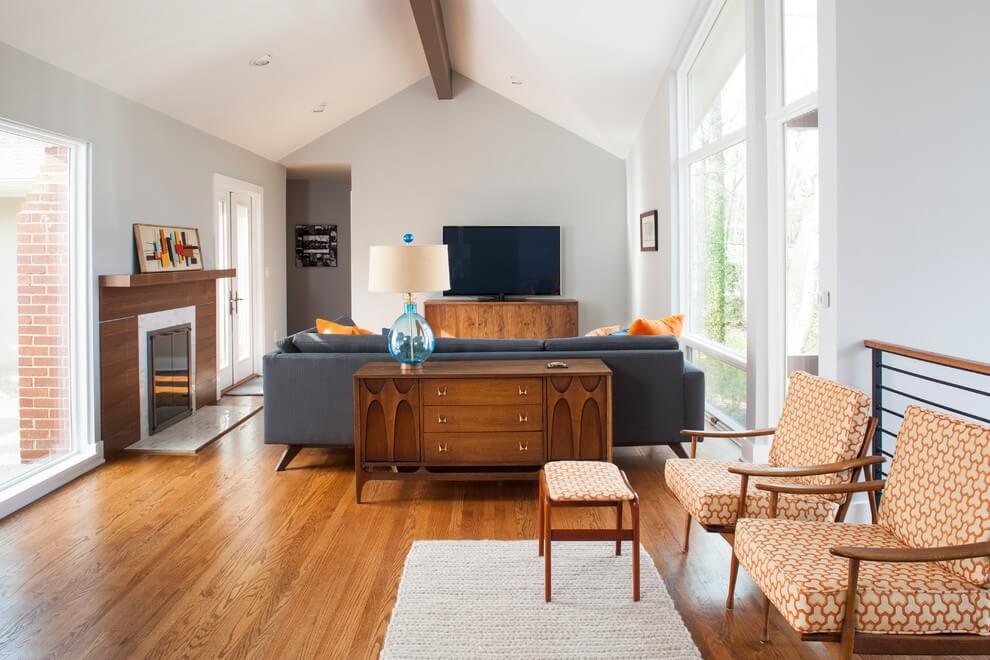
MINIMALISM
Minimalism is making modern design even simpler. Less is more, only having what you need. Minimalist design keeps a neutral and minimized color palette, using repeated colors and finishes. Furniture and accessories have clean lines and forms. Everything in the space has a purpose and is void of excessive clutter. While this may sound boring or sterile to some, for others it provides clear vision and thoughtfulness.

SCANDINAVIAN
Scandinavian design is influenced by the simplicity of life and minimalist designs found in Scandinavia. Scandinavian furniture is art – simply understated with exceptional attention to form and detail. Scandinavian design has neutral color palettes of white and black with pops of color in accessories, and uses natural materials such as wood, wool, jute, cotton, etc. In countries where natural light is priceless during winter months, amplifying natural light wherever possible is incredibly important.
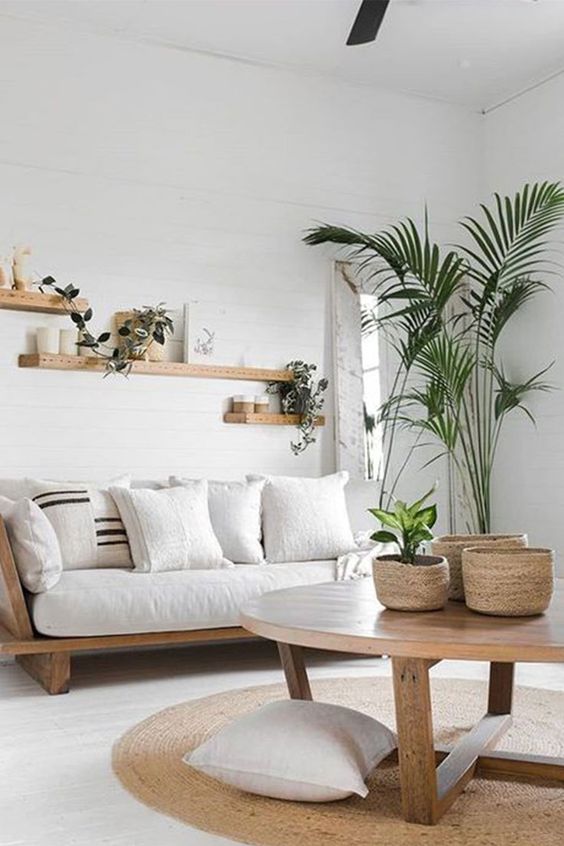
INDUSTRIAL
Industrial design highlights structural, functional building materials as part of the design. Think exposed ductwork, open beams, brick, natural settlement, etc. Industrial design is popular in lofts and studio apartments that used to be factories with high, open ceilings and using the building’s structural elements as art. Industrial style is amplified by metal with patina and reclaimed wood features in furniture, lighting and artwork. Natural color palettes are typical in industrial design such as brown, black, gray and white.
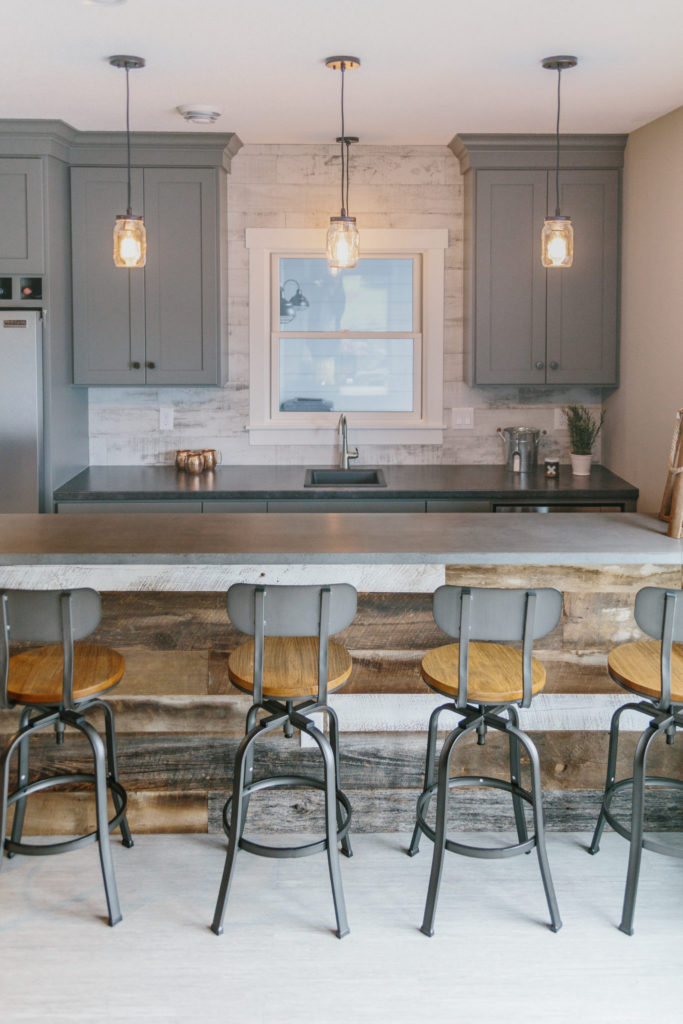
RUSTIC
Rustic style maximizes on the natural elements and lifecycle of a material: raw wood, metal with patina, worn wool, etc. Rustic design features architectural and structural elements such as exposed ceiling beams. Storied (aka vintage or antique) furniture pieces, repurposed or updated, add a lived-in charm.
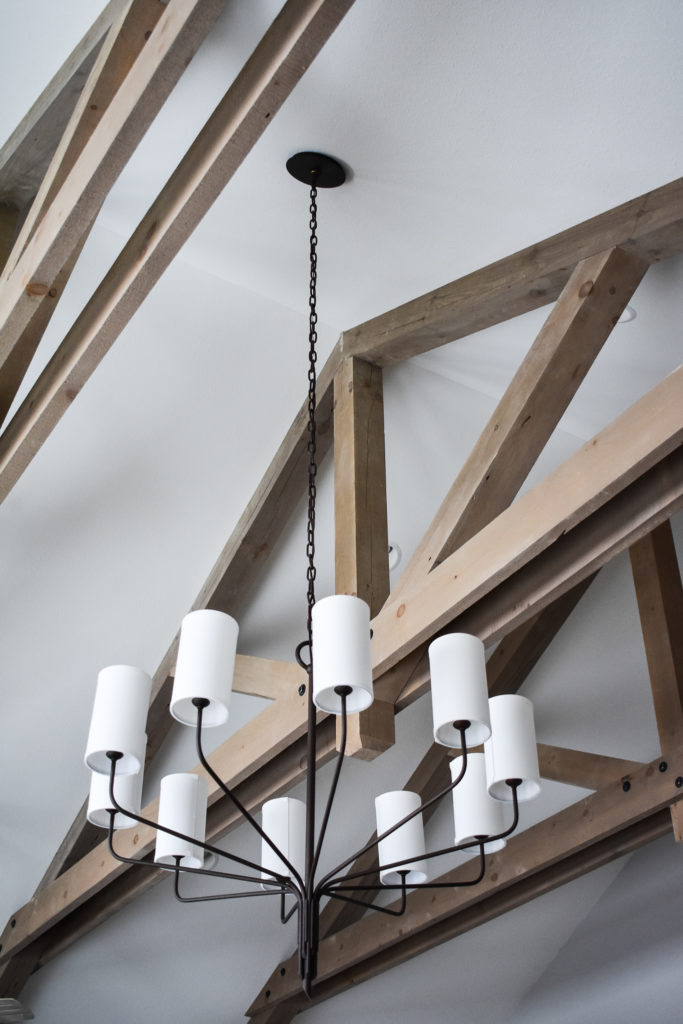
BOHEMIAN
Bohemian or “boho” style infuses nature and a carefree lifestyle for an effortlessly chic look. Boho style is inspired by global prints and textiles, organic materials, repurposed furniture, and displaying art collections. Bohemian design is an eclectic style with no rules and an “anything goes together if you love it” mentality.
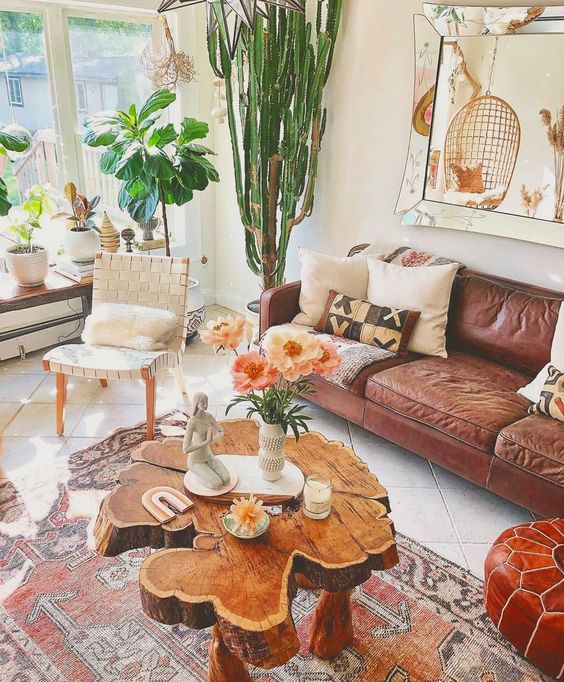
COASTAL
Coastal design features a light, breezy aesthetic, inspired by the sea and landscapes around it. Coastal design features a tonal blues and whites, soft grays and taupes. Natural materials like jute, linen, wood, and coral are popular elements. Coastal design blends a relaxed vibes and preppy sophistication.
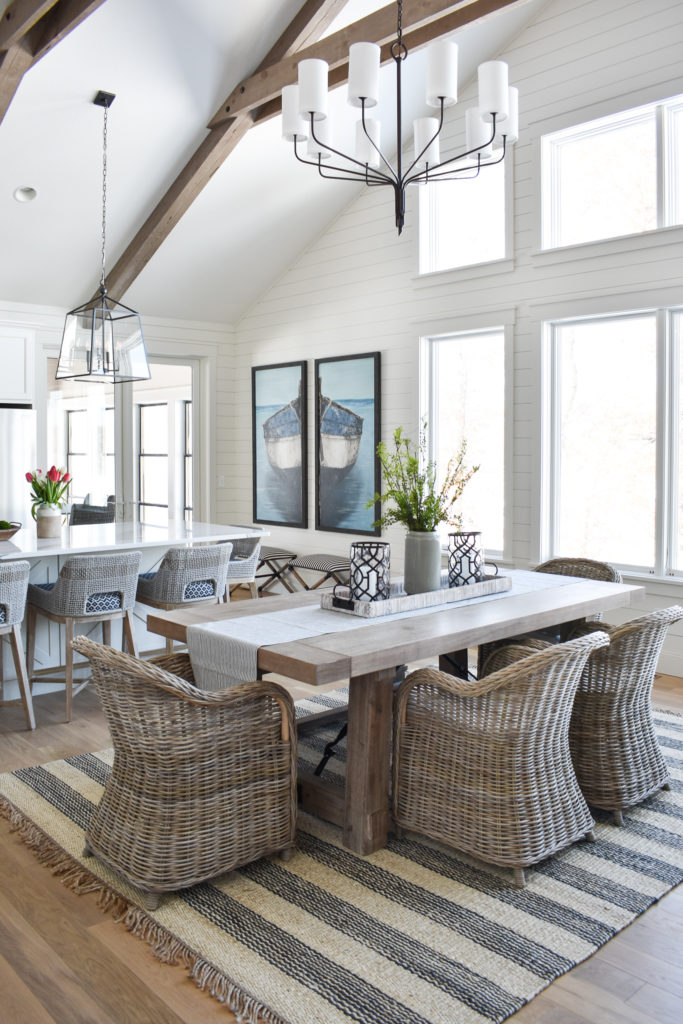
There are many other design styles to dive into, including subcategories of each one. How do you describe your design style?

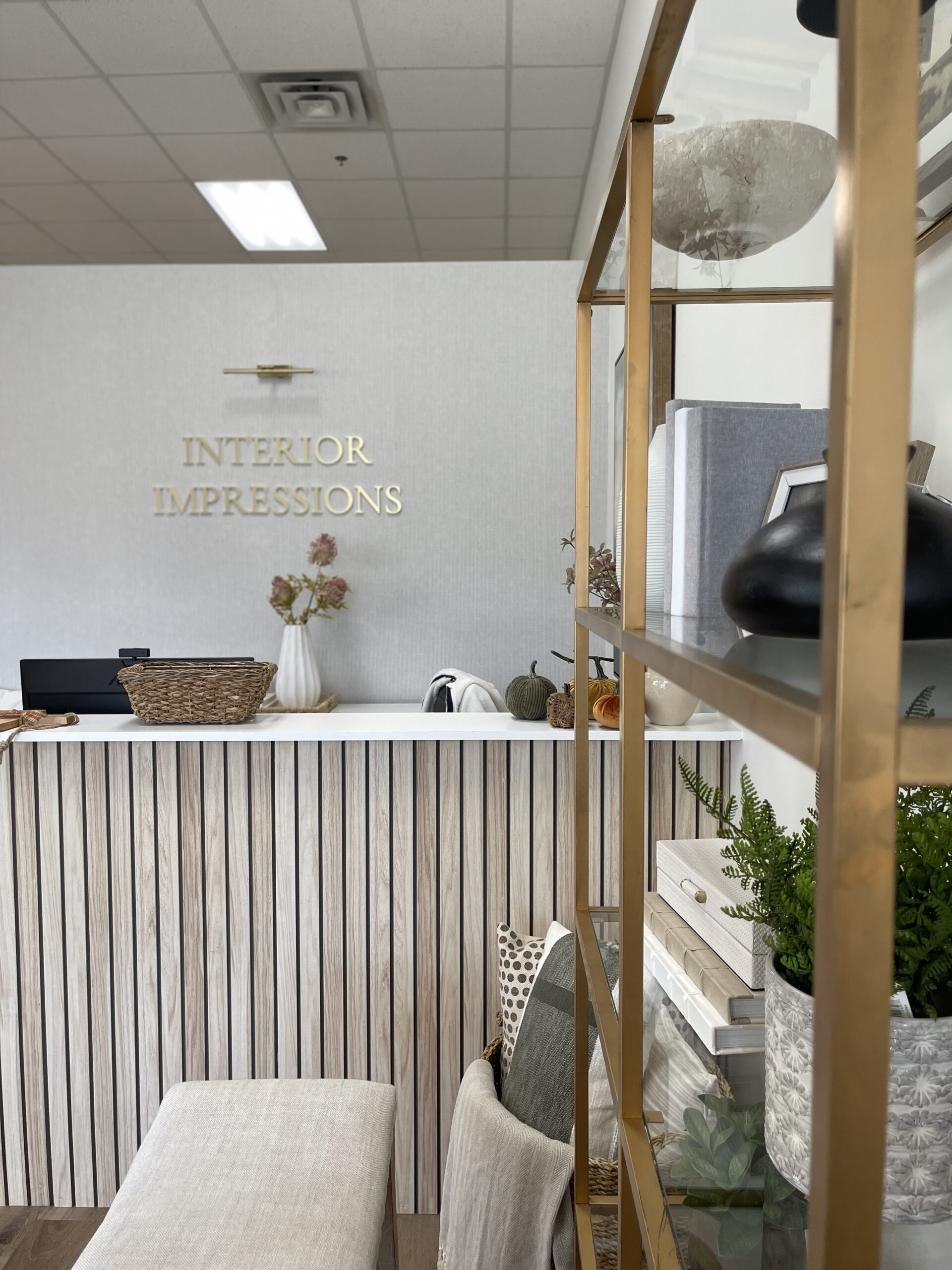
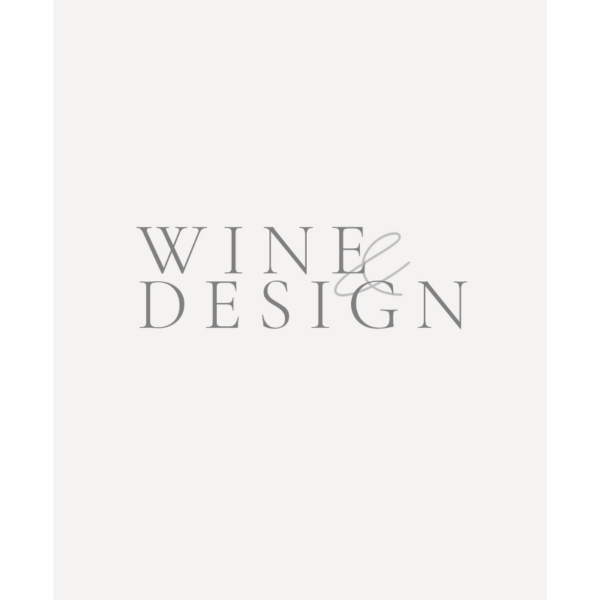
This blog about interior design didn’t fail to surprise me. This awesome. Thanks for sharing.
So happy to hear that! Thank you for letting us know.
Thanks for sharing this informative article.
Visit our website to know more!
https://emmamason.com
What are the best strategies for soundproofing an apartment in a busy city?
I’d suggest combining a few strategies to soundproof the apartment effectively. For walls, consider using mass-loaded vinyl or double-layer drywall with acoustic caulk to seal any gaps. On the floors, thick rugs with soundproof padding or a cork underlayment can work wonders. For ceilings, acoustic tiles or resilient channels are great options to help dampen noise from above. Finally, for windows, I’d recommend double-glazed panes, window inserts, or heavy, insulated curtains to block outdoor noise.